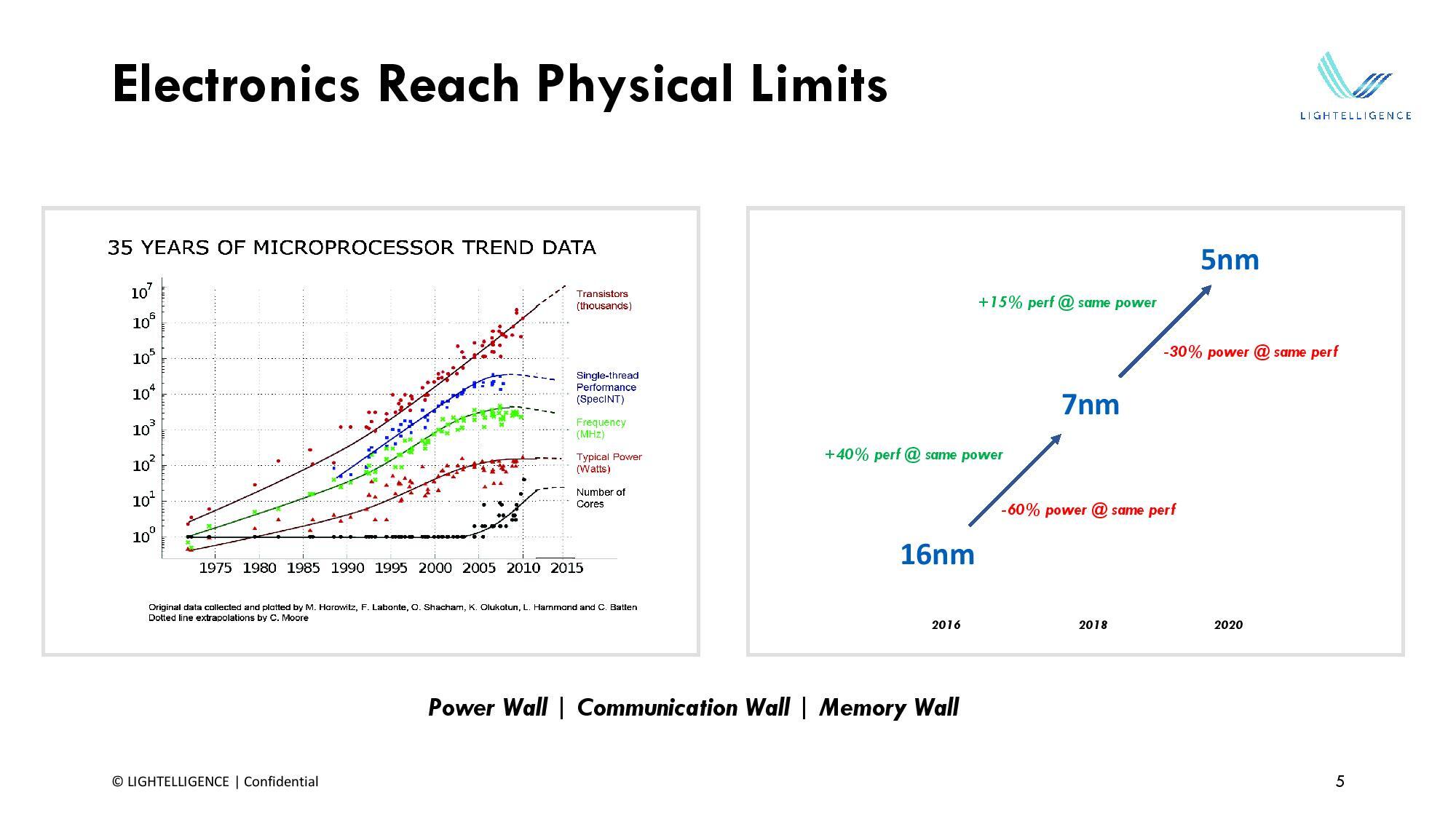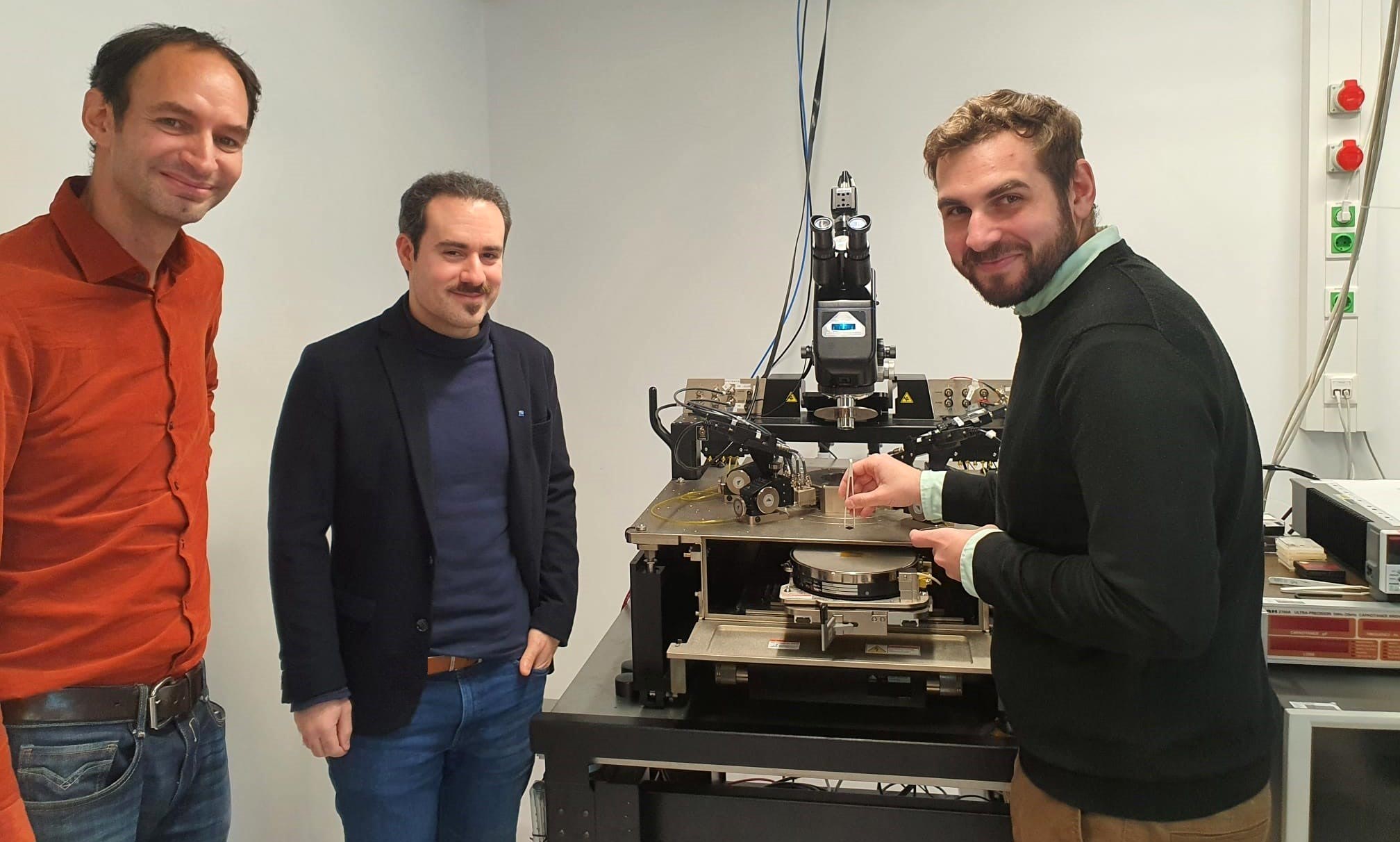CPUs Could Use 85 Percent Fewer Transistors With New Adaptive Tech
Reduces the number of transistors required by a staggering 85%.
A team of researchers with the Vienna University of Technology have evolved computing's most fundamental unit: the transistor. Tapping into the element Germanium (Ge), they've developed a new, adaptive transistor design that can change its configuration on the fly, according to the workload requirements. The potential of it, you ask? Enormous, as it could enable using up to 85% fewer transistors than current approaches. Furthermore, with fewer transistors operating for the same work, power consumption and temperatures are reduced, which in turn allows for higher frequency scaling and performance.
Transistors - and especially Field Effect Transistors (FETs) - are the fundamental units of semiconductor design: three elements working in unison that unlock our technological experiences. Much like floodgates control whether water flows or not, transistors control whether the current makes its journey from the source (the first element) towards the drain (the second element). However, the transistor by itself isn't very smart; in fact, it would be rendered pretty much useless were it not for the inputs of its control electrode. Extending the water analogy, a dam is extremely useful only if you can control whether the water flows through it or not. Thus we need a third fundamental element - the transistor's gate. This three-part simplicity of transistors is what allows us to have billions of them crammed into the latest high-performance chips.
The simplicity of the transistor does have a caveat: functionality. While transistors can assume many different functions, these functions are, in themselves, simple. It's from the addition of many small, simple transistors together (in integrated circuits) that higher-order performance and more complex workloads can be unlocked. A certain number of transistors, arranged in a certain way, can be turned into a Zen 3 core; they can also turn into an Nvidia CUDA core or additional blocks of memory caches.
Remember Intel's tick-tock (and later tock-tock-tock) strategy? In those terms, a tock (microarchitecture change) essentially corresponds to the performance improvements that can be unlocked by rearranging and redesigning transistor blocks. A tick (a change in manufacturing node) increases the amount of transistors available for engineers to use in ever increasingly-complex circuits. The death of Intel's tick-tock strategy showcases how transistor density advancements are becoming more difficult to achieve. And while materials and design research have devised many ways to improve transistors, their fundamental design remains unchanged. And where there's a lack of change, there's an opportunity: what benefits could come from redesigning the transistor?

"Arithmetic operations, which previously required 160 transistors, are possible with 24 transistors due to this increased adaptability. In this way, the speed and energy efficiency of the circuits can also be significantly increased," explained Prof. Walter Weber, a member of the team. In other words, the new adaptive transistors can reduce the number of required transistors for a given workload by up to 85%. Furthermore, with fewer transistors operating for the same work, power consumption, temperatures, and leakage points are reduced across the design - which in turn would allow for higher frequency scaling and performance.
"We connect two electrodes with an extremely thin wire made of germanium, via extremely clean high-quality interfaces," explains Dr. Masiar Sistani, a member of the research team. "Above the germanium segment, we place a gate electrode like the ones found in conventional transistors. What is decisive is that our transistor features a further control electrode placed on the interfaces between germanium and metal. It can dynamically program the function of the transistor."

This additional control electrode (the program gate) essentially allows the researchers to alter how the transistors behave. Typical, single-electrode transistors transport current via free-moving electrons (that carry a negative charge) or by removing an electron from individual atoms, rendering them positively charged. The addition of the germanium bridge allows the new transistor design to be able to switch between those two transport states seamlessly.
"The fact that we use germanium is a decisive advantage," explains Dr. Sistani. "This is because germanium has a very special electronic structure: when you apply voltage, the current flow initially increases, as you would expect. After a certain threshold, however, the current flow decreases again – this is called negative differential resistance. With the help of the control electrode, we can modulate at which voltage this threshold lies. This results in new degrees of freedom that we can use to give the transistor exactly the properties that we need at the moment."
Surprisingly, the technology promises to be rapidly scalable and deployable: none of the materials used are new in the semiconductor industry, and no new purpose-built tools would be required. But, of course, any initial adoption would be limited, and the researchers believe that their adaptive transistor would be incorporated as an add-on to certain semiconductor designs to take advantage of when needed.
Get Tom's Hardware's best news and in-depth reviews, straight to your inbox.

Francisco Pires is a freelance news writer for Tom's Hardware with a soft side for quantum computing.
-
Alex/AT There is always but one problem: cost. As silicon is ultimately widespread on the planet, the costs of obtaining, refining and using it are certainly times less.Reply
Another story is that germanium was once used for transistors, at the very start of semiconductor era, and was found very thermal sensitive.
Nothing on this is elaborated, but those two are definite showstoppers that are to be considered before making any other progress statements. -
jkflipflop98 Germanium is already used in every high-performance chip on Earth. It's a dopant used to make the "wells" for the electrons in the bulk silicon substrate itself. It's where the source pulls the electrons from.Reply -
Can't we already reduce the number of transistors used for arithmetic operations by using regular adders instead of carry-lookahead adders? Sure, the performance would suffer a lot, but it'd also consume less power.Reply
-
JWNoctis Any caveats wrt thermals, switching frequency, fabrication, and lifespan? Shame the paper is paywalled.Reply
Real 1T SRAM alone - which this would enable - would have been pretty revolutionary all by itself. -
Kamen Rider Blade If this is real, I can gurantee that every semiconductor fab in the world will license it.Reply -
hotaru.hino My only concern with this is how much error can this introduce?Reply
There's likely processors designed this way when power consumption is more important than raw performance (MSP430's come to mind). But these aren't meant for anything remotely like running a typical personal computer. And if you do try to make this design run personal computer software, all that power saving will be for naught because of the amount of the time processor spent active.Nolonar said:Can't we already reduce the number of transistors used for arithmetic operations by using regular adders instead of carry-lookahead adders? Sure, the performance would suffer a lot, but it'd also consume less power. -
Bikki The only number shown is transitor count. We still need 2 other important factors which are transitor cost and transitor size with the added component.Reply